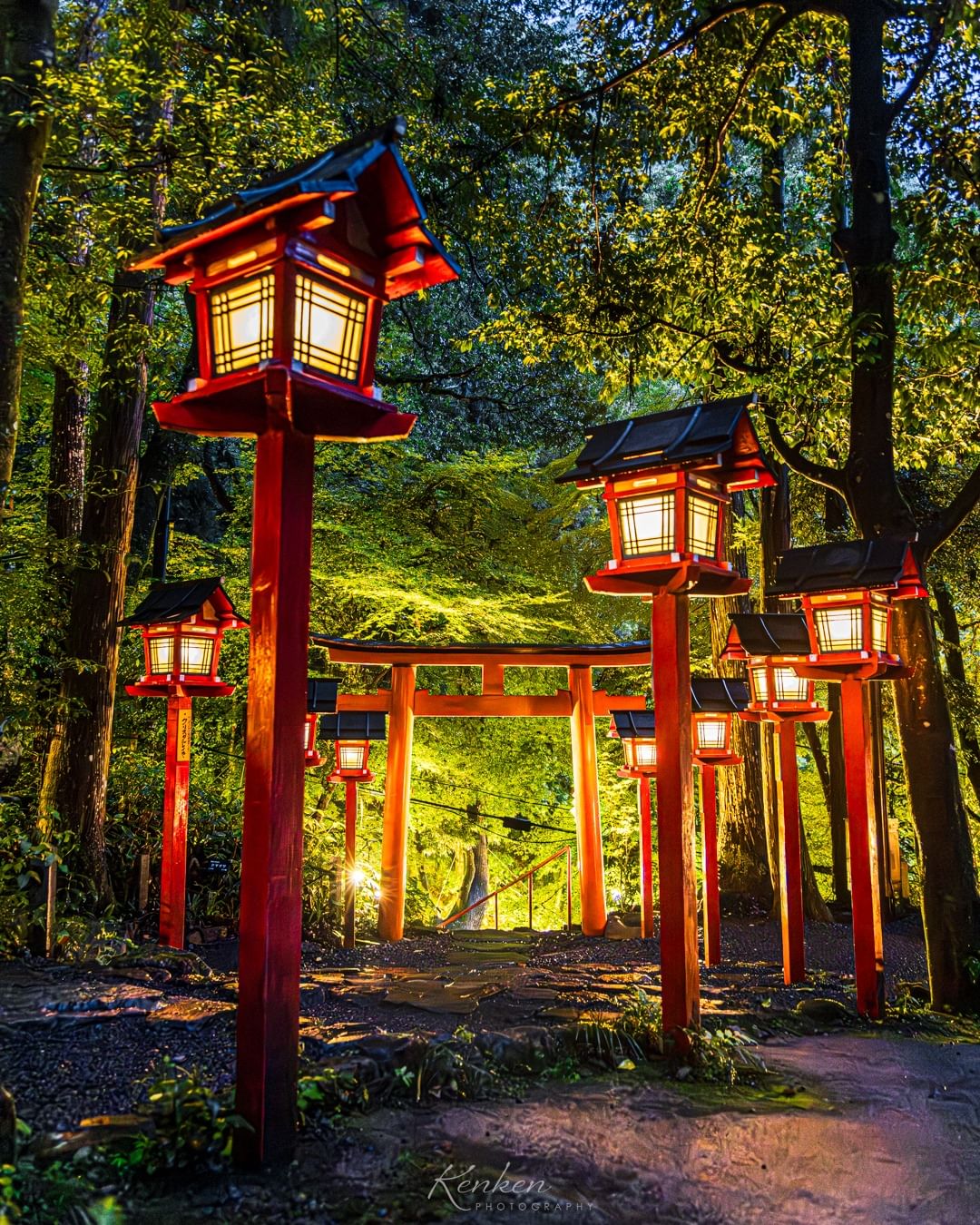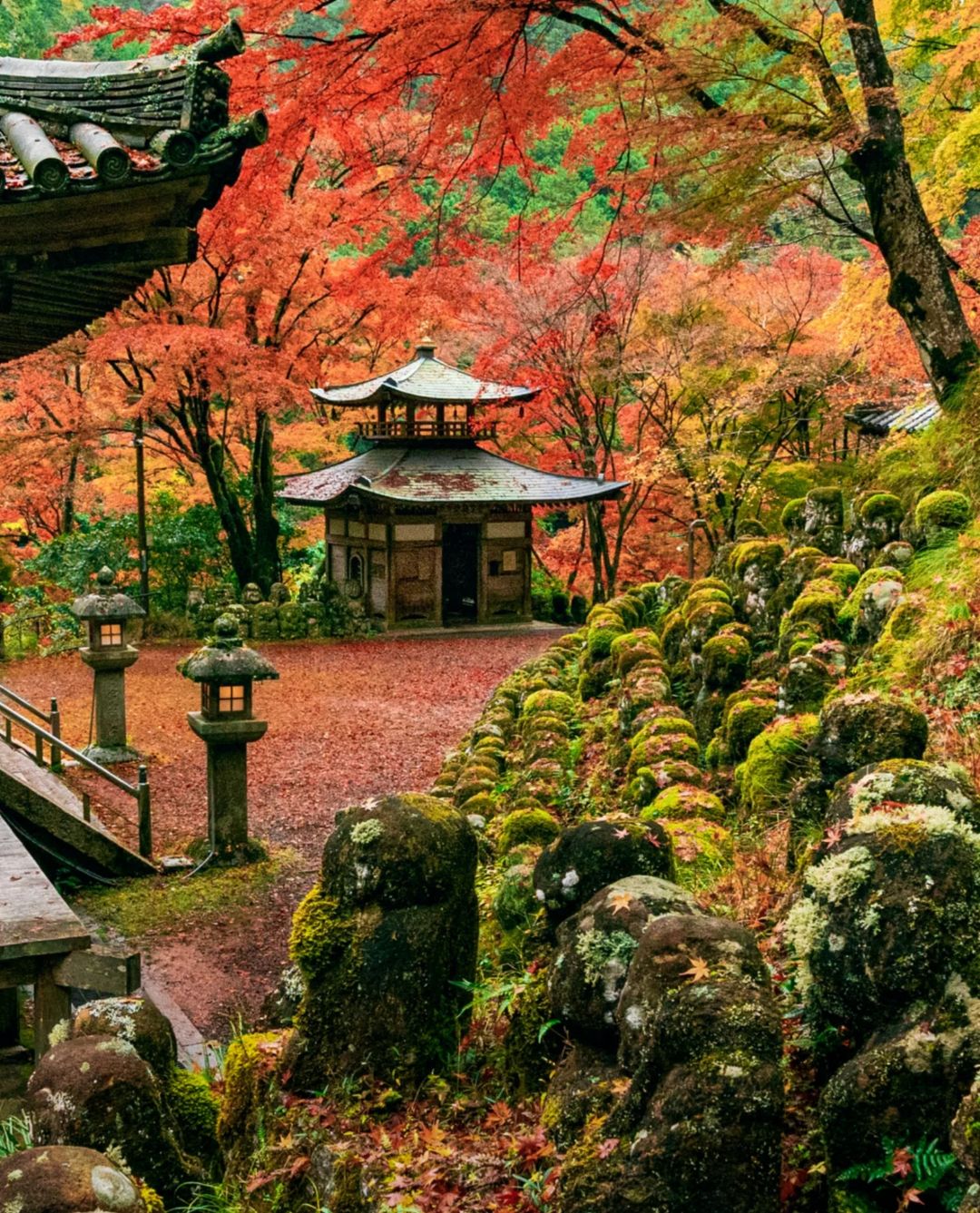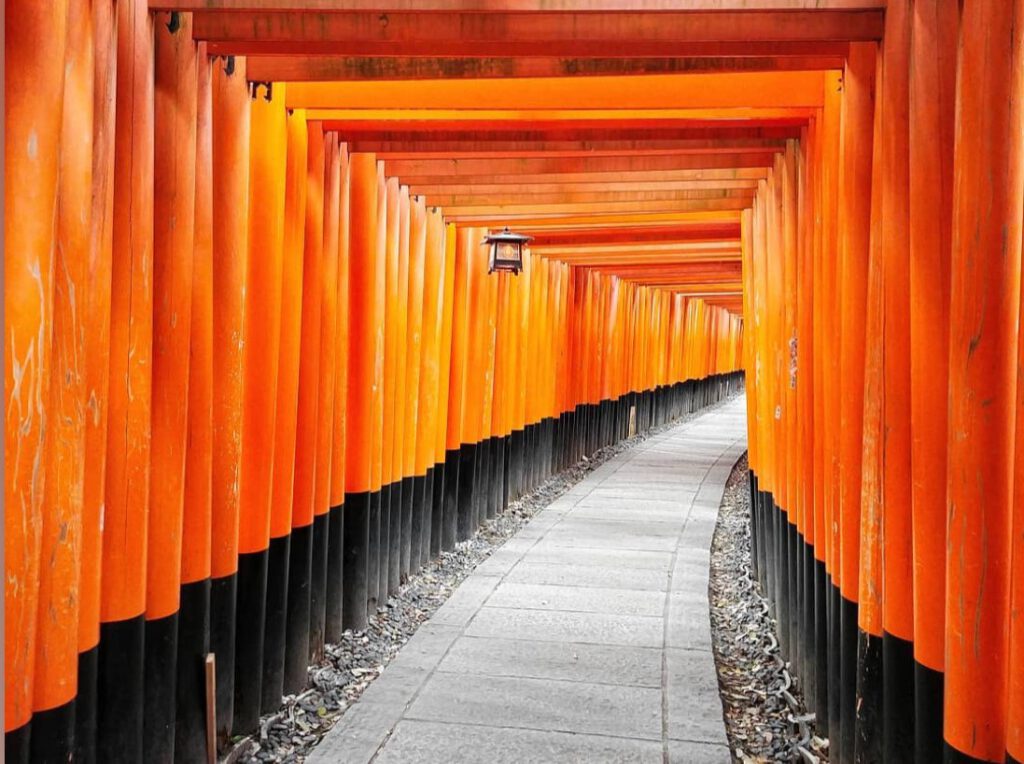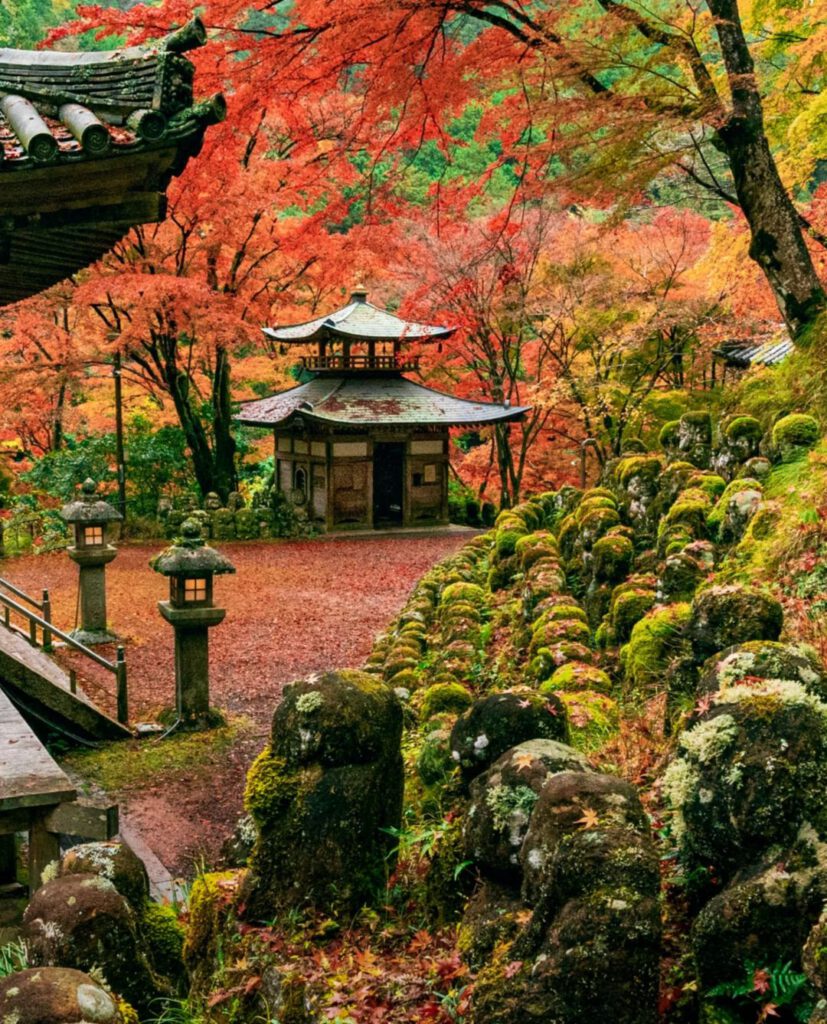Discover Kyoto: A Journey Through Japan’s Cultural Heart
Kyoto, Japan’s ancient capital, is a city where history, culture, and natural beauty blend seamlessly. From ancient temples and shrines to traditional gardens and tea houses, Kyoto offers a rich, immersive experience that transports visitors back in time. Whether you’re exploring the iconic Kinkaku-ji (Golden Pavilion) or wandering through the peaceful Arashiyama Bamboo Grove, Kyoto promises to captivate travelers seeking the essence of Japan.
I will cover the following topics:
- Kyoto’s Top Sights
- How to Get Around Kyoto
- Kyoto Itinerary Ideas
- Day Trips from Kyoto
- Where to Stay in Kyoto
- Seasonal Highlights & Festivals

How Long to Stay in Kyoto
To truly experience Kyoto’s charm, plan to stay at least 3 to 4 full days. The city’s iconic sights are spread out, and while most remain open until late afternoon, it’s best to start your days early—especially if you want to capture popular spots like Fushimi Inari or the Bamboo Grove without the crowds. Kyoto’s slower pace and cultural richness reward unhurried exploration.
Best Areas to Visit
When visiting Kyoto, it’s ideal to explore the city by area to make the most of your time and avoid unnecessary travel. Spend one day in the north visiting temples like Kinkaku-ji and Ryoan-ji, another in the west exploring Arashiyama—make sure to go early to enjoy the Bamboo Grove before the crowds. The southeast is perfect for starting your day at Fushimi Inari Shrine, best visited early in the morning for a quiet hike through the torii gates. From there, it’s a natural flow into the east, where you can explore Higashiyama’s temples, Gion’s historic streets, and traditional teahouses. Below are the key areas of Kyoto and the top sights you’ll find in each.
Centrum



North



West



South



East





📚 Museums
Kyoto is a cultural treasure trove. Its museums showcase traditional art, modern creativity, and unique aspects of Japanese life. Dive into Kyoto’s artistic and historical soul through these fascinating locations.
Top Museums in Kyoto:
- Kyoto National Museum
- The Kiyomizu-dera Museum
- Kyoto International Manga Museum
- The National Museum of Modern Art, Kyoto
- Kyoto Railway Museum
- The Kyoto Municipal Museum of Art
- Raku Museum
- Kyoto National Museum of Modern Art
- Kyoto International Conference Center (exhibition spaces)
🛕 Temples and Shrines
Kyoto is the spiritual heart of Japan, home to some of the country’s most iconic temples and shrines. Each site is steeped in history, with stunning architecture and tranquil surroundings that capture the essence of Japanese tradition.
Must-See Temples and Shrines:
- Kinkaku-ji (Golden Pavilion)
- Fushimi Inari-taisha
- Kiyomizu-dera
- Nanzen-ji Temple
- Ryoan-ji Temple
- Heian Shrine
- Tofuku-ji Temple
- Ginkaku-ji (Silver Pavilion)
- Yasaka Shrine
🌿 Nature and Parks
Kyoto’s green spaces offer calm escapes from the busy streets. Whether you’re walking along a riverside path or relaxing in a historic garden, these spots let you slow down and connect with nature.
- Arashiyama Bamboo Grove
- Maruyama Park
- Kiyomizu-dera Garden
- Kyoto Imperial Palace Park
- Nijo Castle Gardens
- Shosei-en Garden
- Tetsugaku-no-michi (Philosopher’s Path)
- Kamo River
- Fushimi Inari-taisha Shrine Garden
- Nanzen-ji Temple Garden
🛍️ Shopping
From traditional crafts to modern malls, Kyoto has a rich shopping scene. Whether you’re souvenir hunting or fashion browsing, these places offer something for every kind of traveler.
Top Places to Shop in Kyoto:
- Nishiki Market
- Gion District
- Kyoto Station Mall
- Teramachi Street
- Daimaru Kyoto
- Kyoto Handicraft Center
- Kyoto Isetan
- Sanjo Street
- Kyoto Ramen Street
- Aeon Mall Kyoto
Kyoto Itinerary Suggestions
Day 1: Northern Kyoto (Kinkaku-ji & Surroundings)
- Start your day with a visit to Kinkaku-ji (Golden Pavilion), followed by a peaceful stroll through its beautiful garden.
- Explore Ryoan-ji and its famous Zen rock garden.
- In the afternoon, visit Nijo Castle and its elegant gardens.

Day 2: Southern Kyoto & Fushimi Inari
- Spend the morning walking through the iconic Fushimi Inari Shrine and its thousands of torii gates.
- In the afternoon, visit the Kiyomizu-dera and enjoy panoramic views of the city.
- End your day by wandering the Gion District, Kyoto’s geisha quarter.

Day 3: Arashiyama & Western Kyoto
- Visit the Arashiyama Bamboo Grove early in the morning to avoid the crowds.
- Explore the Tenryu-ji Temple and the nearby Okochi Sanso Villa.
- End your day with a boat ride on the Hozu River.
Day Trips from Kyoto
Kyoto is ideally located for day trips to neighboring cities and attractions. Depending on your interests and time, you can explore:
- Nara: Visit Todai-ji and the famous Nara Deer Park (45-minute train ride from Kyoto).
- Uji: Famous for Byodo-in Temple and its green tea heritage (30-minute train ride from Kyoto).
- Osaka: Discover the vibrant atmosphere of Dotonbori and explore Osaka Castle (30-minute train ride from Kyoto).
Local Transportation Tips
Getting around Kyoto is convenient and efficient, with several transportation options catering to tourists and locals alike. The city’s public transportation system is well-developed, including buses, subways, and trains, making it easy to navigate between popular attractions. Kyoto City Bus is particularly useful, as it covers a broad range of sightseeing spots and is a great option for first-time visitors. The Kyoto Subway is another reliable option for moving between central locations like Kyoto Station and the downtown area.
For a more personalized experience, consider renting a bicycle, which is a popular way to explore the city at your own pace. Numerous rental shops are scattered throughout Kyoto, and cycling through the Arashiyama Bamboo Grove or along the Kamo River is a memorable experience. If you’re traveling on a budget, there are also Kyoto Sightseeing Passes available that provide unlimited travel on buses and subways for a set number of days.

Where to stay
Kyoto offers a wide range of accommodation options that suit all types of travelers, from luxurious resorts to budget-friendly hostels. If you’re seeking a luxurious stay, the Ritz-Carlton Kyoto is an excellent choice. Located along the Kamogawa River, it blends traditional Japanese aesthetics with modern comfort. For a more culturally immersive experience, Hyatt Regency Kyoto offers a beautiful mix of modern design and traditional architecture, set in the historical Higashiyama district.
Mid-range travelers can enjoy a comfortable stay at Hotel Granvia Kyoto, which is conveniently located within Kyoto Station. Its excellent transport links make it easy to explore the city. For those on a budget, K’s House Kyoto is a popular choice among backpackers, offering cozy rooms and a social atmosphere. If you’re looking for a truly traditional experience, consider staying at a ryokan, such as Gion Hatanaka, where you can enjoy tatami rooms, authentic meals, and onsen baths.
Seasonal Activities & Events
Kyoto is a city that celebrates its natural beauty year-round, with each season offering something unique for visitors. Spring (March to May) is the most popular time to visit, as the city’s cherry blossoms bloom in full force. The most iconic spot to view them is Maruyama Park, where crowds gather for the traditional hanami (flower viewing) picnic under the blossoms.

In autumn (October to November), Kyoto transforms into a breathtaking landscape of fiery red and golden foliage. Visit temples like Kiyomizu-dera or Tofuku-ji, which offer some of the best views of autumn leaves. Kyoto is also known for its annual festivals, such as the Gion Matsuri in July, one of Japan’s most famous festivals, which includes grand parades, traditional dances, and religious ceremonies. No matter when you visit, Kyoto’s seasonal events and activities provide a unique experience in every season.
Local Etiquette & Tips
Kyoto, like the rest of Japan, has a strong cultural foundation, and respecting local customs will help enhance your experience. When visiting temples or traditional inns (ryokan), always remove your shoes before entering. In many temples and shrines, you’ll also be asked to wash your hands at the temple’s purification fountain before entering.
As a general rule, be mindful of quiet and respectful behavior in public spaces, especially on public transport. Kyoto is a city with many cultural and historical sites, so dressing modestly is encouraged when visiting temples or sacred spaces. Kyoto also has its own tea culture, so if you’re invited to partake in a traditional tea ceremony, be sure to follow the instructions carefully and appreciate the significance of the ritual.